All Geophagus species are beautiful, but some are more beautiful than others. Since 2009, aquarists have known of a beautiful earth eater that only occurs in the Rio Aripuanã catchment in Brazil. Accordingly, the species was initially referred to as Geophagus sp. “Aripuana”. In January 2015, the beautiful species was scientifically described for the first time. Since then it has been correctly called Geophagus mirabilis. With Geophagus mirabilis, the species name – mirabilis means extraordinary, wonderful, admirable – says it all, because when fully grown, this species from the is one of the most beautiful representatives of its genus.
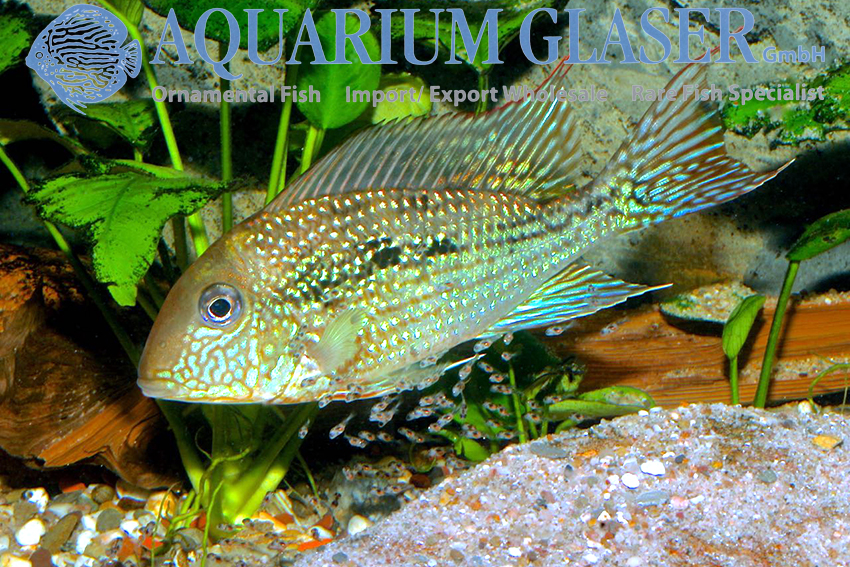
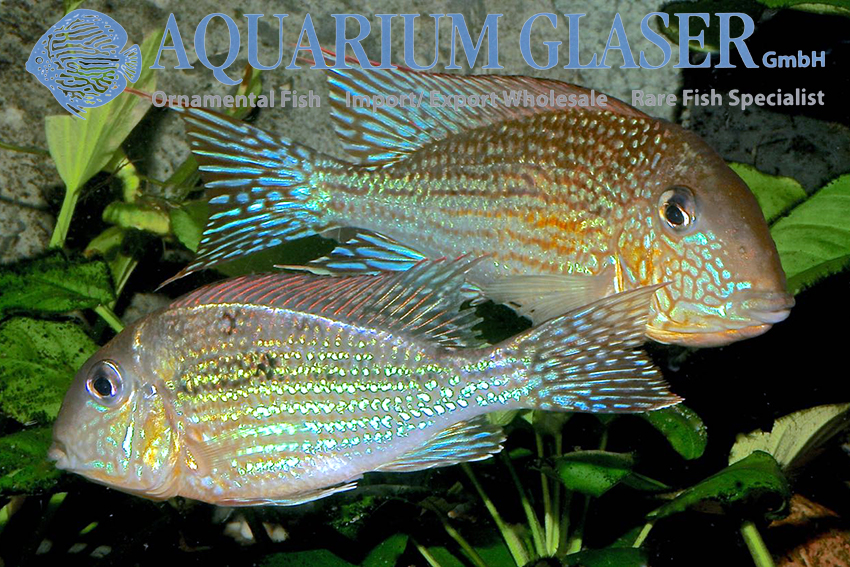
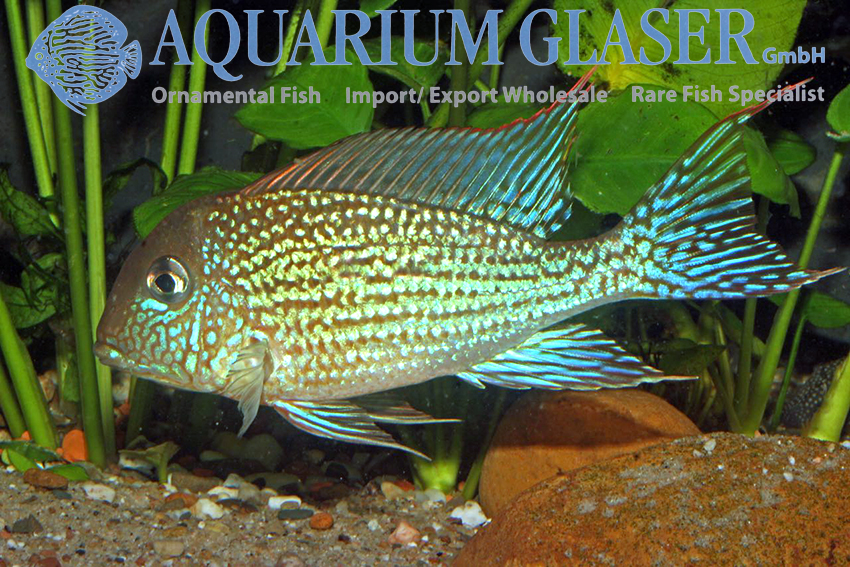
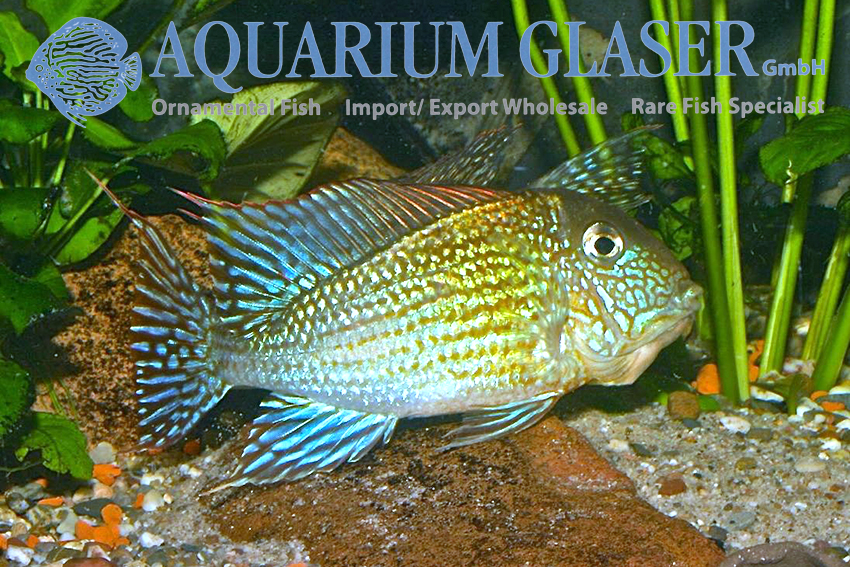

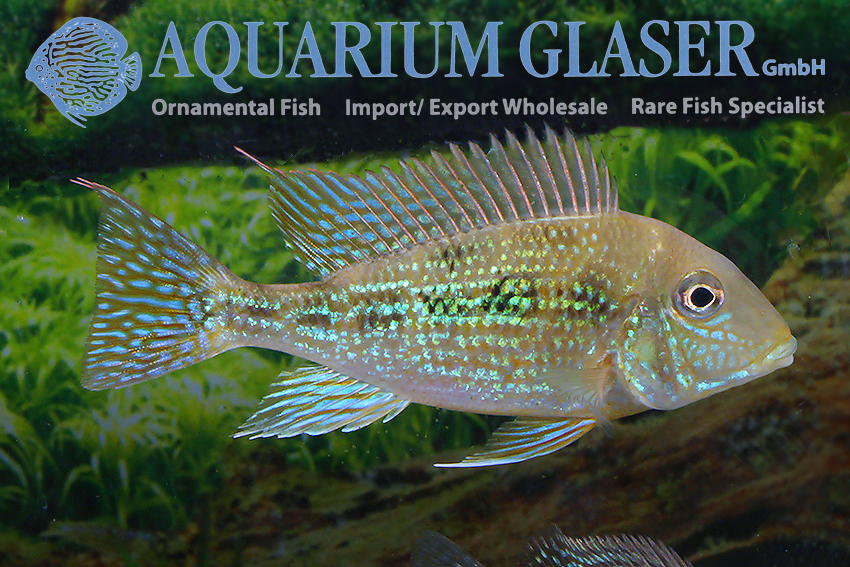
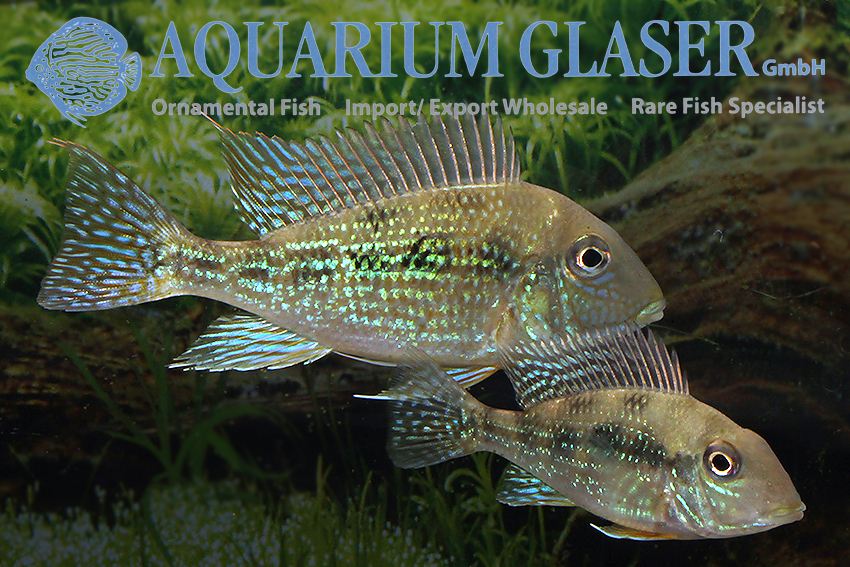
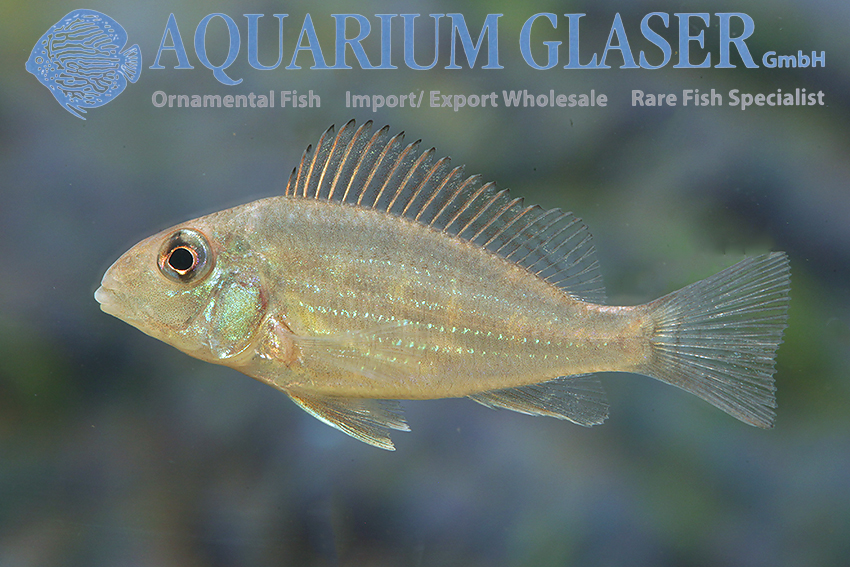
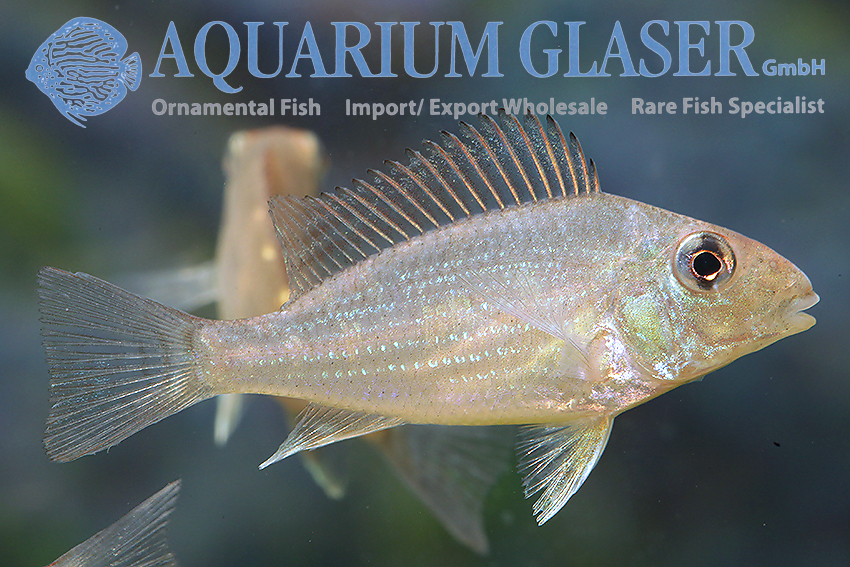

The animals grow to just over 16 cm long (without caudal fin, i.e. with caudal fin about 20 cm). The species name refers to the pattern of markings: the black pattern, consisting of a series of spots along the flanks, is scientifically significant, as this is a clearly recognizable species characteristic even in preserved animals. On the other hand, describers also cite the beautiful markings on the head of living animals as the reason for the species designation.
One could also think of Hans Christian Andersen’s fairy tale about the ugly gray duckling, because young G. mirabilis are quite inconspicuous. Only when they grow up do they become magnificent swans – sorry – cichlids. A wonderful transformation! We would like to thank our breeder for providing the pictures of the magnificent breeding animals.
From time to time we are able to offer some offspring of this beautiful earth eater. This Geophagus is a biparental, larvophilic mouthbrooder. This means that both parents work together and take turns in caring for the brood, the eggs are laid on stones, roots, etc. and the larvae that hatch from them are cared for in the mouth.
For our customers. The animals have code 678752 (4-5 cm) on our stock list. Please note that we only supply the wholesale trade.
Text: Frank Schäfer, photos: Frank Schäfer & Uwe Werner




